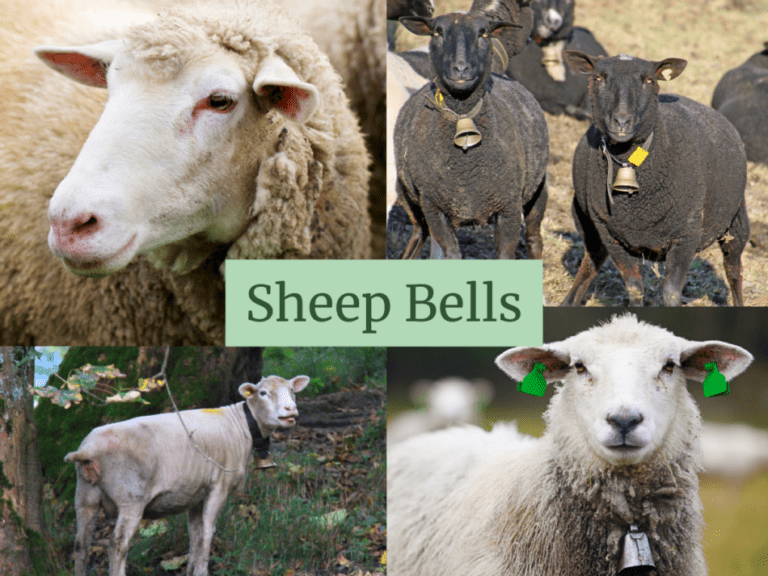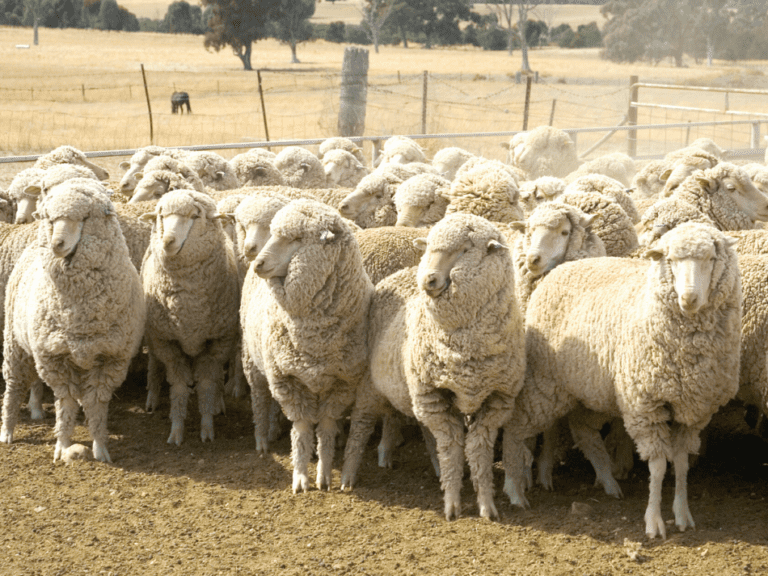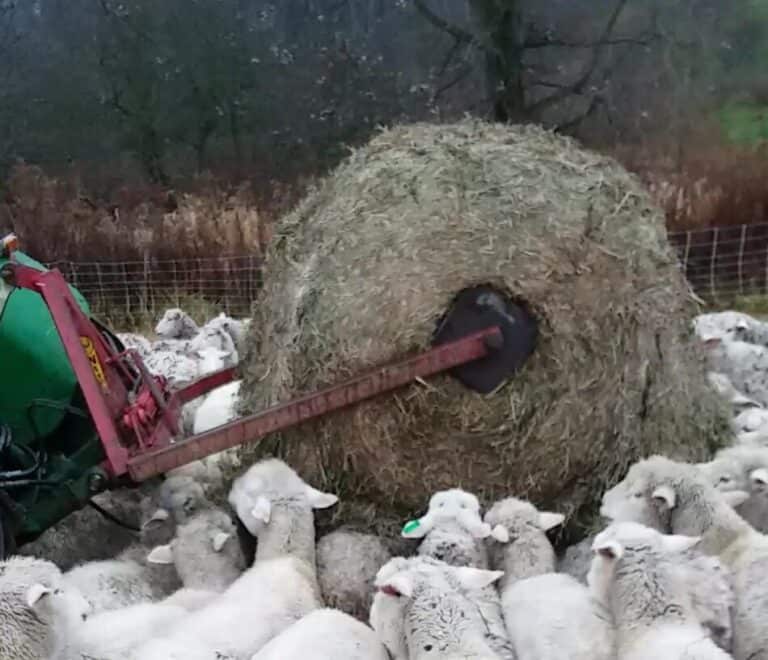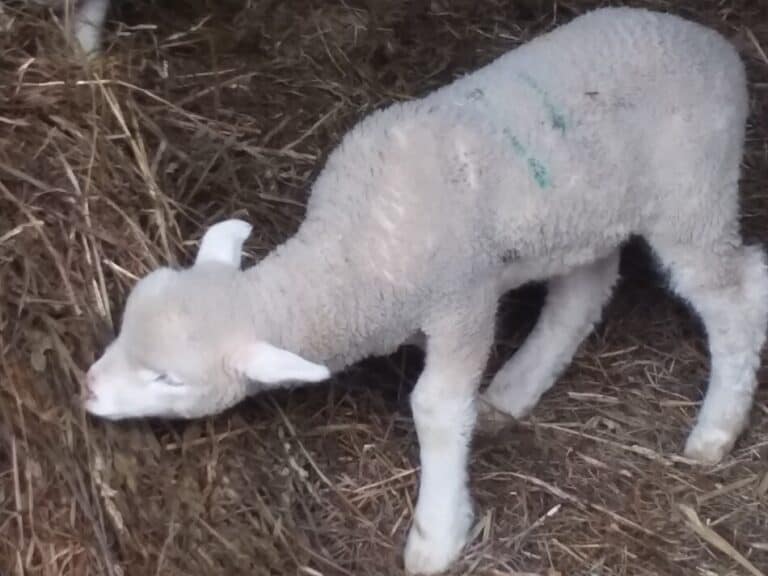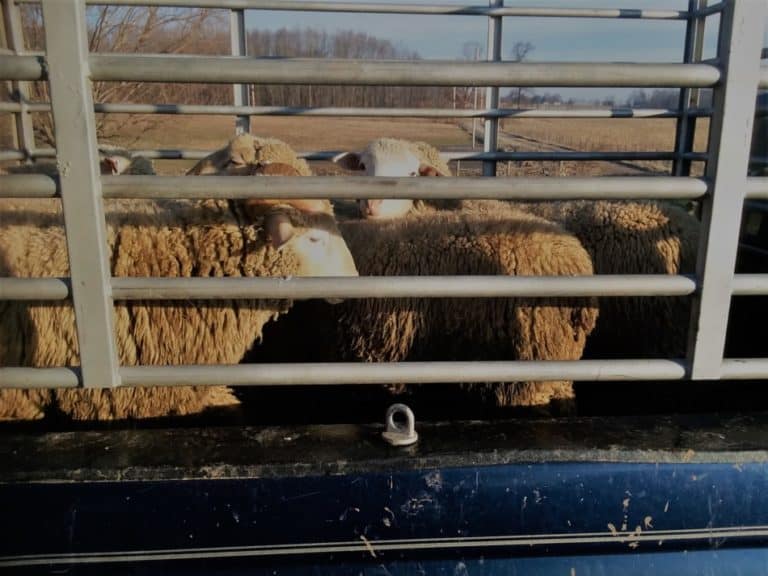How Much Does A Ram Cost?

You’ll need to have a good ram to get the best out of your flock and to have plenty of lambs to sell next year. How much is a good ram going to cost you?
Plan to pay $500-1,000 for a high quality breeding ram. Ram prices depend upon availability of breeding age rams in your area and the supply of the specific breed (or cross) you need for your flock. In areas or years of high demand and low to moderate supply of breeding age rams, expect to pay more to get a high quality ram.
You get what you pay for. High quality breeding rams are going to cost you more because they are worth more, quite often, a lot more, when you add up all the benefits you get from using a good ram vs a poor quality ram.
When Do Sheep Breed? goes over your breeding season options, depending upon the breed of sheep you have and shows you how to figure up the number of rams you’ll need.
Sheep Profits is an article I put together to show the business side of sheep, if you are interested in keeping sheep as a money maker, be sure to read this one, specific budget figures and how to find prices for your area are included.
Plan to pay $500-1,000 for a good commercial ram
You should plan to pay $500+ for a well put together, high quality commercial ram that will produce high quality lambs, especially if you plan to keep back any of the ewe lambs as replacements or additional breeding ewes.
Even if you plan to sell all of the lambs, you still want a high quality ram, since well built lambs will grow better and sell better than lambs that are less thrifty or growthy.
Actually, my husband was just at our local auction last night and stayed for the entire sheep sale. It was a long one! This is what we do for a living, so it’s important for us to keep up with prices and be aware of what the buyers want.
The reason you may be interested in this story is that he was noticing that breeding age rams were selling for $2.00 per pound, some for more. This is going to be $400-450 minimum, at an auction, not a breeding stock sale!
Paying more for a high quality ram is worth your money!
It is always worth more to get a high quality ram rather than buying a low quality “just get something in there to breed the ewes for this year” cheapo ram.
I’m not saying that a higher priced ram is always better, but higher quality, that is always a better choice. Let me show you why.
If you get a cheapo ram for $300 and you get acceptable lambs that sell for $2.50 per pound at 75 pounds. These lambs are fine, not great looking, but fine. This would give you $187.50 each per lamb sold. That’s doing pretty well.
| Ram Used | Income per lamb (75 pounds each) | Income from 10 lambs (75 pounds each) |
| Lower quality ram (lambs sell for $2.50/pound) | $187.50 | $1,875.00 |
| Higher quality ram (lambs sell for $3.00/pound) | $225.00 | $2,250.00 |
If you get a nice ram for $500, you get great looking, well grown lambs. These lambs are going to be attractive to the eye and to your wallet, since they will perform better for the same, if not less, amount of work from you.
These higher quality lambs will sell for $3.00 per pound at 75 pounds, which is $225. Why are you getting more for these lambs? Easy, they look nicer to the buyer because they have more meat!
For each lamb from the more expensive ram you are getting an additional $37.50 per lamb.
So remember that extra $200 you spent at the beginning to get the nicer ram? You only need to sell 6 lambs from the high quality ram to pay for buying him rather than buying the cheaper ram.
All lambs sold after that make extra income you keep. And, all for the same amount of work, on your part!
Now, here’s the real kicker, the lambs from the high quality ram will also perform better. This means gain better since they will hit the 75 pound mark at a younger age, have more vigor and be overall better sheep to work with.
These better lambs will also carry on as better replacements, for any ewe lambs that you choose to keep back, rather than sell.
Here is a link to the Center Of The Nation NSIP Sale Results for 2021. This will give you an idea of what high quality rams are selling for currently.
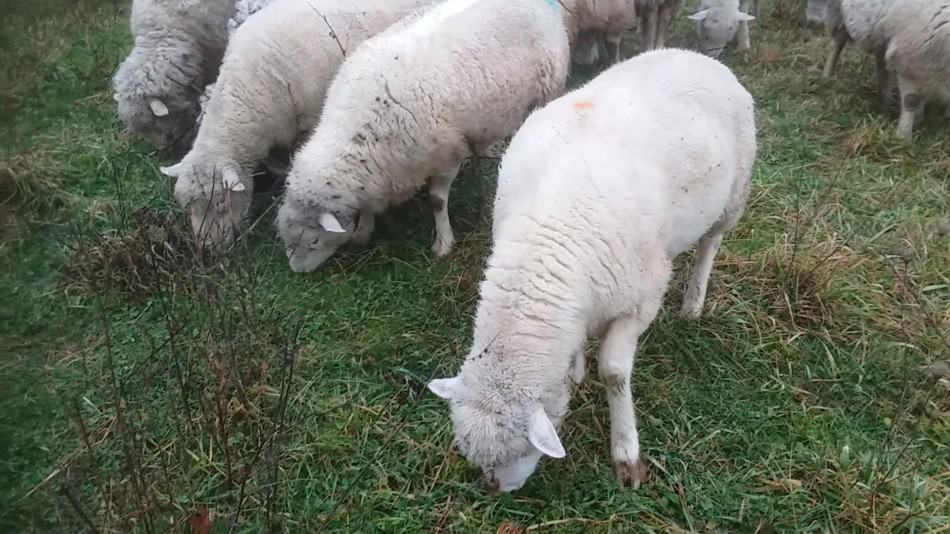
Rams will be more expensive than your ewes
Just as a general rule, you should plan to spend noticeably more for your ram than you spent for the ewes. I’ve been trying to come up with a nice and simple way to put this and I think I’ve got it:
For your ram, plan to spend 150-200% of the cost of your average ewe. For instance, if you bought ewes for $400 each then expect to buy a ram for $600-800.
Ram lambs will be a bit less money, since they are younger and are limited in their breeding capacity for the first season. Mature rams will be more since they can breed more ewes, right away in the first year.
How much the sheep in your area cost will depend upon where you live and the current demand for the type of ram you are interested in buying.
Producers should be willing to pay much more for rams than ewes. The old rule of thumb is that a ram is worth five times the value of a market lamb. If market lambs are worth $200, you should be willing to pay $1000 for a ram with superior genetics. It is better to start with mediocre ewes (so long as they are healthy) and a superior ram rather than superior ewes and a mediocre ram.
http://www.sheep101.info/201/acquiringstock.html
Sheep 201: Selecting Breeding Stock has a wonderful section on selecting rams. Click around, this is a great site to use as a reference.
Look around online for current ram prices in your area
You’ll have to do some research to see what are the current prices by attending a few sales or reading auction market reports.
Another good place to find rams is online on free ad platforms. Look around and see what most folks are charging for rams, you’ll get an idea pretty quickly.
Don’t go with a crazy low price, the likelihood of a deal is low, this is usually an expensive sheep in the long run, since lamb quality is poor so getting results with a cheap ram is actually more expensive!
Stick to something in the medium high range of the prices for your area. Be sure to look at breeds that you are not specifically interested in, just to get a better feel for the price range.
Choose the ram that fits your flock plan
The ram you choose and the price you pay will also depend upon your purpose for getting him. Of course you want lambs, but lambs for what specifically?
- Are you going to sell all of the lambs, no matter what? You’ll want a meaty ram that will sire meaty lambs.
- Do you want to keep back some ewes as replacements? You’ll want a more maternal type sire, since you are hoping to keep some of the lambs for future breeding ewes.
- Are you trying to produce short, chunky lambs or taller lambs that finish at higher weights? You’ll want a breed that has the shape you or your market prefers.
- Does your area prefer white, black or speckle faced lambs? Sometimes color matters, sometimes it does not.
- Does wool type matter, tight fleeces vs longer, looser fleeces? In our area, tight fleeces seem to sell better.
- Do you need to use the ram for out of season breeding? If you want out of season breeding, be sure your ram is up to the task, as well as the ewes.
- Do you want to produce replacements that have specific qualities? Be sure the ram comes from a flock that has the specific quality you want.
These are some examples of things you might be considering, note that none of these options are better or worse than the others, it’s just a quick list to get you started thinking about your flock and your ram choices.
Take some time to think about what the main purpose for your ram is so you can get one that will produce the type of lambs you are looking for.
If you don’t have a plan, you still need a high quality ram
Even if you don’t have a specific plan and you just want your ewes bred, be sure to get a high quality ram.
Many breeds cross well together and it’s common practice to use a ram of a different breed to take advantage of hybrid vigor in the lambs.
As long as you like the looks and build of the ram, picking one specific breed over another really doesn’t matter all that much.
Plan to use the ram for 2-3 years
You can use your ram for as long as he is fit, meaning he’s keeping weight on well and seems to be vigorous and healthy. There’s no reason you can’t use him for 5 years, or more. But, most people won’t.
Most shepherds will find another ram every 2-3 years, if for no other reason than trying to adjust to the current market needs or seeing if another ram will suit your farm or match your flock better.
For instance, in our area using a Cheviot ram on a more maternal type ewe flock is a popular choice since Cheviots produce an attractive, fast growing lamb that sells well in this area.
This Cheviot cross works because the buyers here want a smaller sized, meaty lamb. If buyers in your area want a bigger lamb, you’ll need to use something else, maybe a Suffolk, instead.
The other reason most folks would change rams is to avoid inbreeding (sire to daughter breedings) when keeping back replacement ewe lambs.
While inbreeding has it’s place in genetics, it is not for the casually managed flock or new stockman. Inbreeding, called linebreeding when you are breeding close relative to “lock in” a specific trait, takes more skill than most new folks have.
Until you have a few years experience with sheep, buy a new ram rather than taking the chance with unintended genetic consequences of inbreeding.
